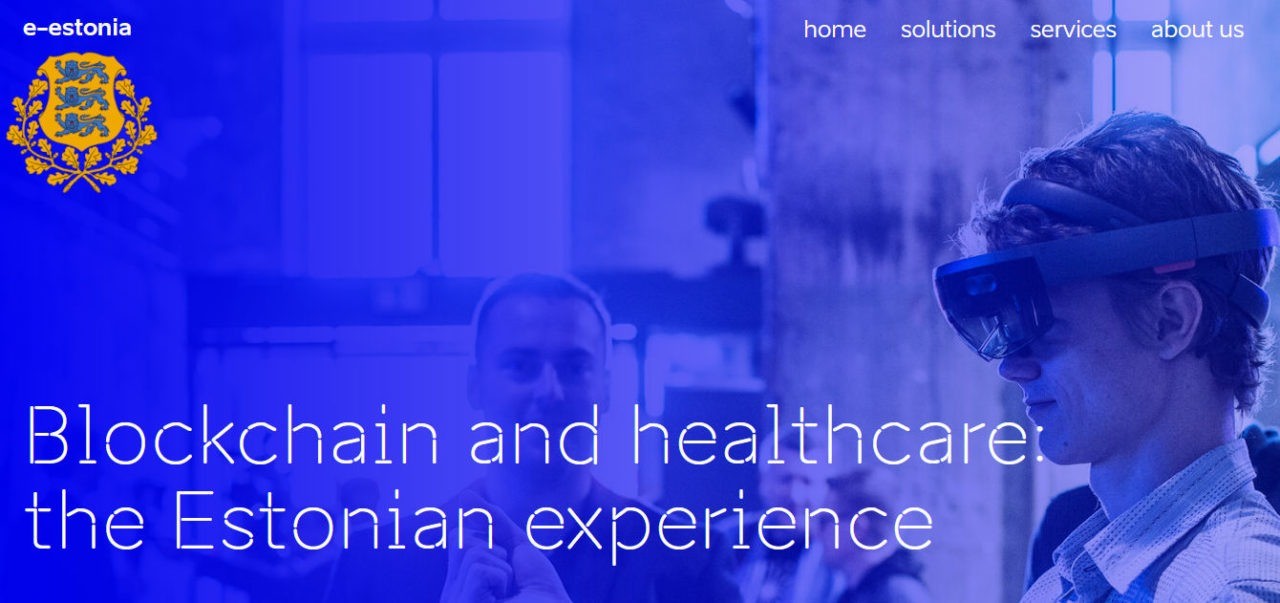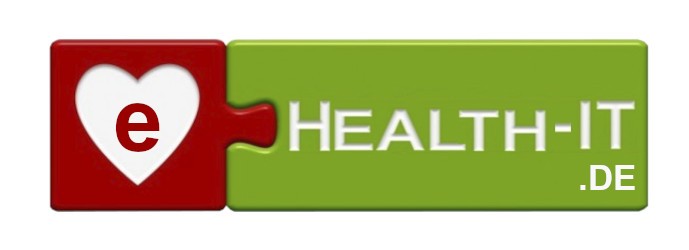In 2016, the government of Estonia was looking for new and innovative ways to secure the health data of its approximately 1.5 million inhabitants. It decided for innovation: BLOCKCHAIN use in Estonia Healthcare.

BLOCKCHAIN-Technology for storing patient records has the potential to prevent or detect manipulation of private health data. This makes electronic health records more secure and more scalable.
In the nature of blockchain lies a distributed storage. This can facilitate the exchange of data between authorized parties and bridge traditional data silos. This dramatically increases efficiency and improves the coordination of national health care.
The cost of the BLOCKCHAIN can be reduced by rewarding transactional medical researchers for anonymized data sets. The unalterable records provided by the blockchain make data validation much easier or even unnecessary. Furthermore, the BLOCKCHAIN does not require central hosting. Insurance applications can be checked more easily and compared with the treatments performed.
Estonia’s Estonia Health Information System (EHIS) and the Electronic Health Record (EHR) show how this works in practice. In 2017, the system already processed and secured around 50,000 requests per day and electronically managed the data of 1.5 million citizens.
Sources:
Hülse, Thomas (2020): The development of the German electronic patient file in European comparison
e-Estonia (2016): Blockchain in der Gesundheitsversorgung: Erfahrung aus Estland, https://e-estonia.com/blockchain-healthcare-estonian-experience/

Schön das Sie hier sind, wir freuen uns auf Ihren Kommentar... / Hi, great that you are here. We looking forward to read your comments...